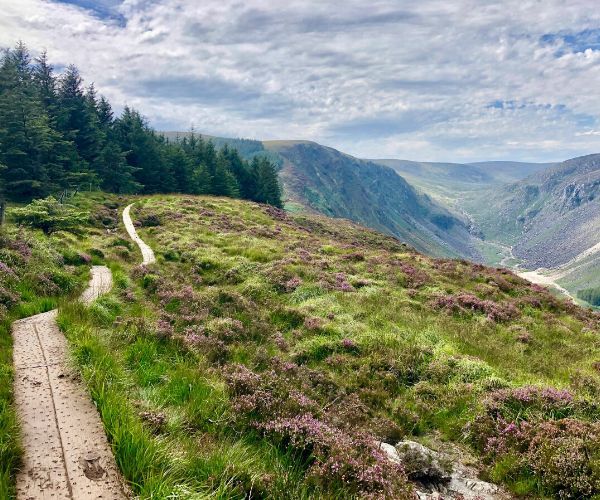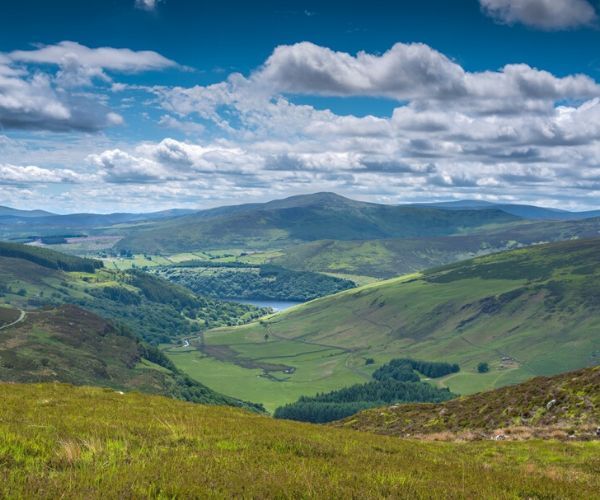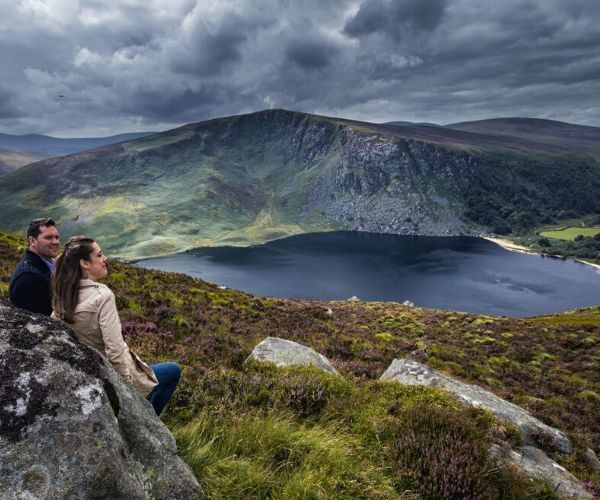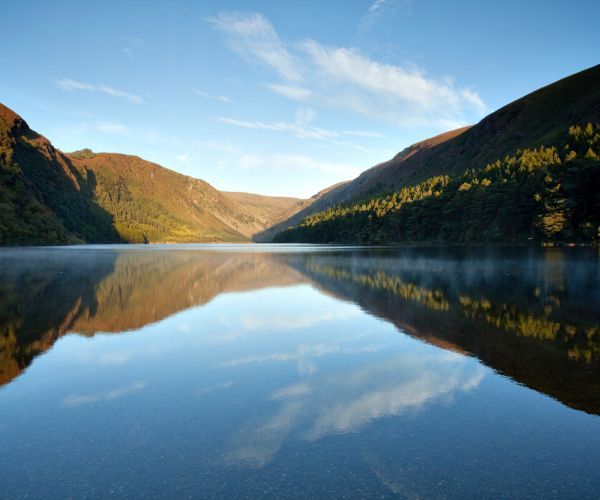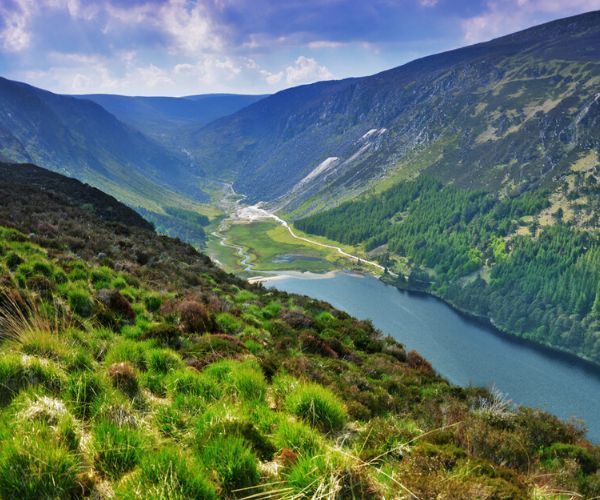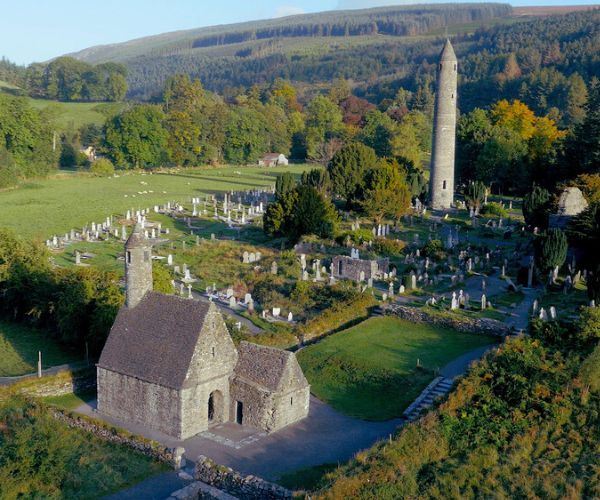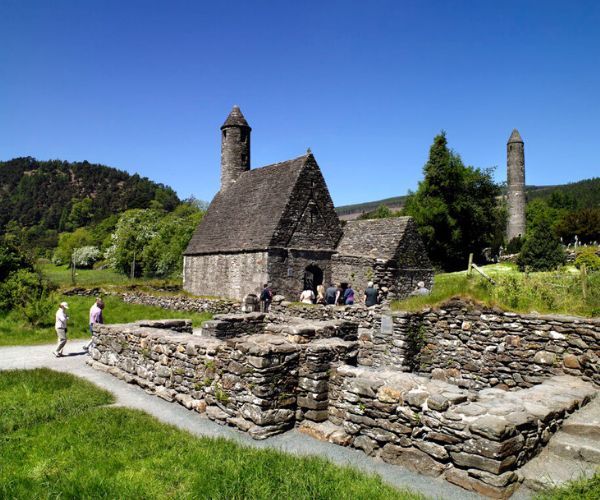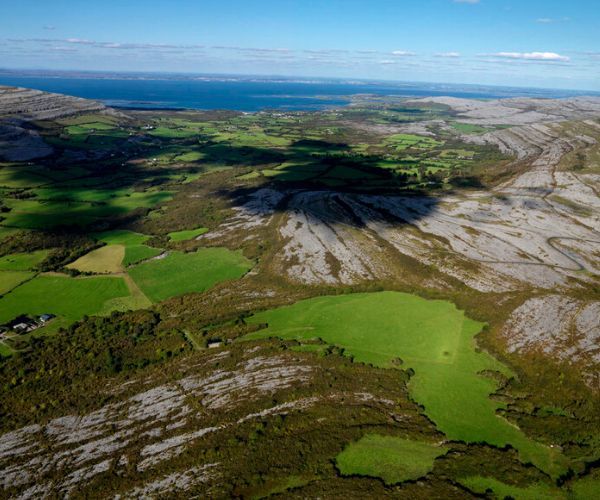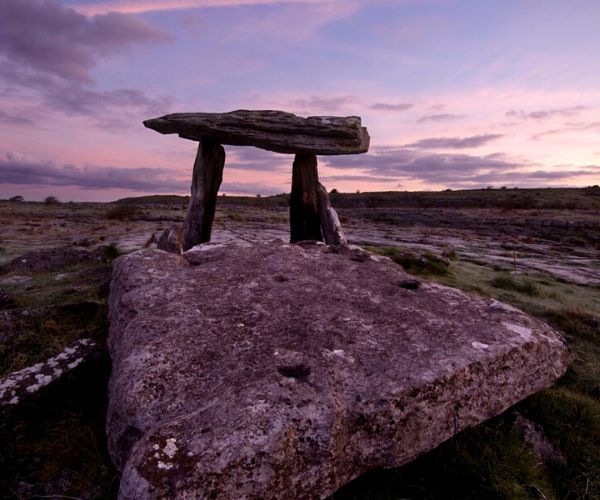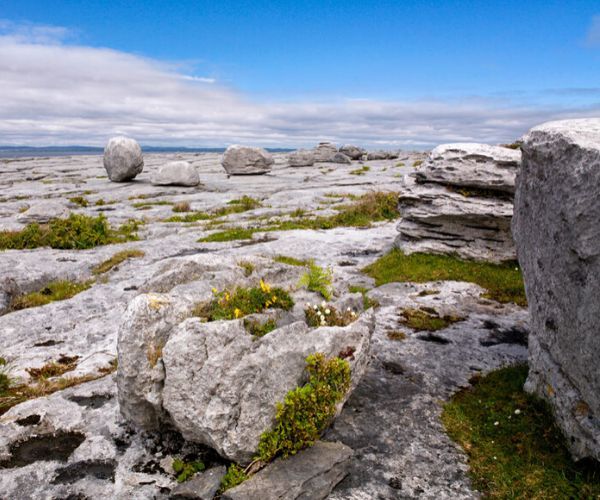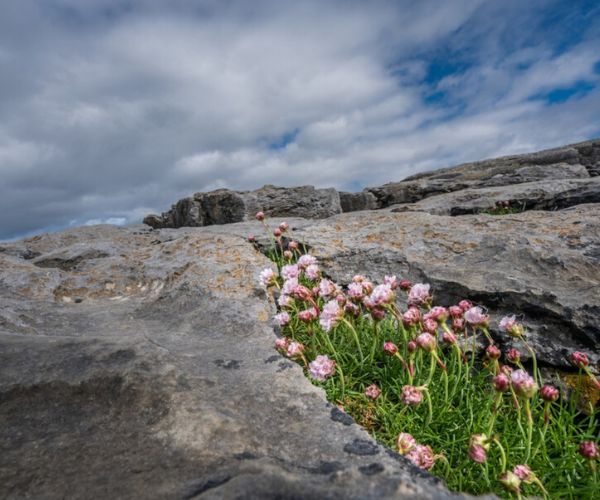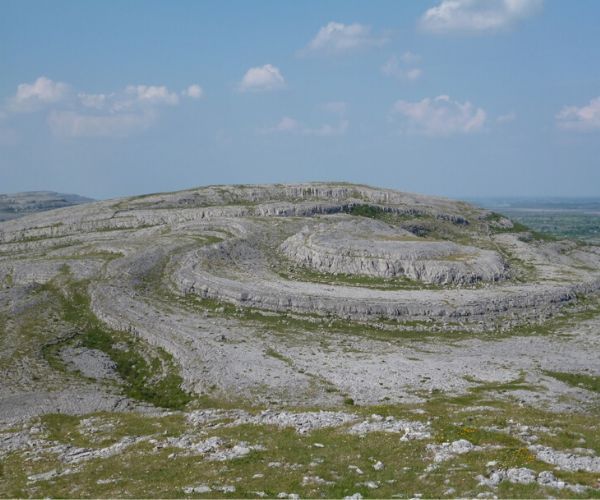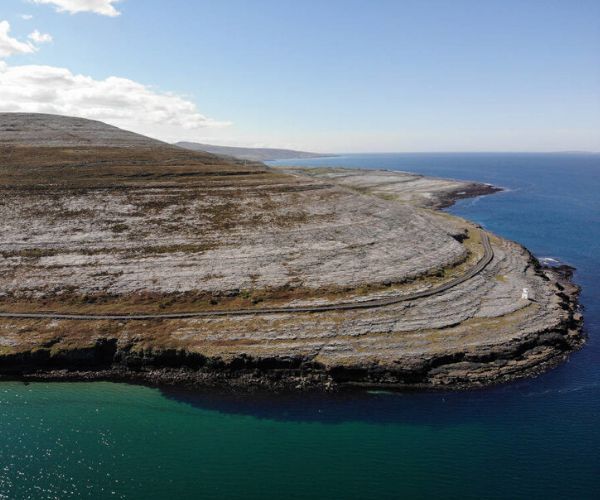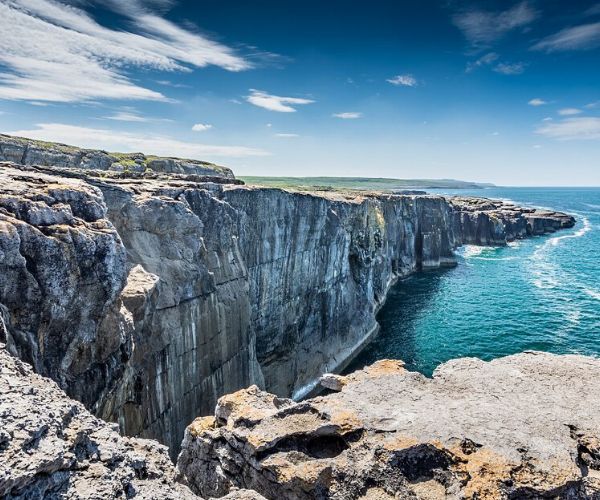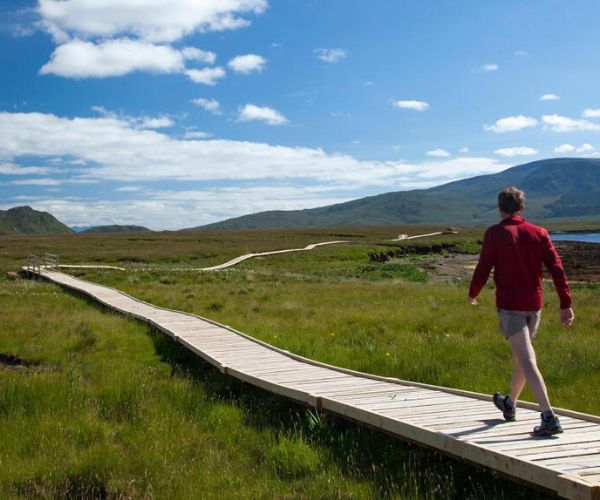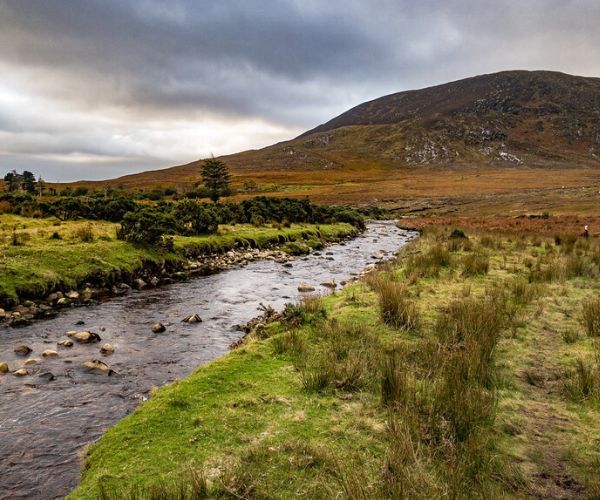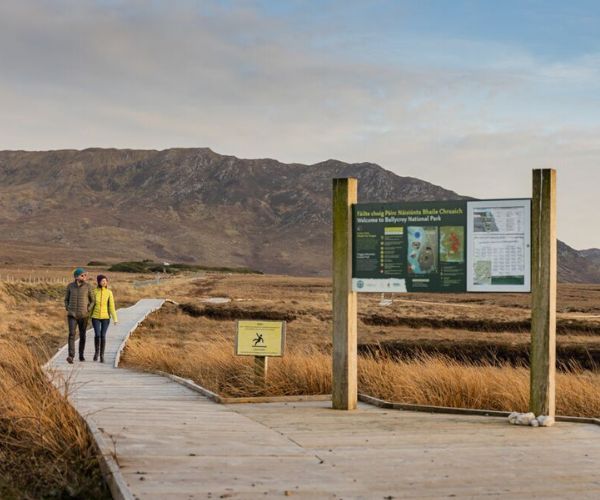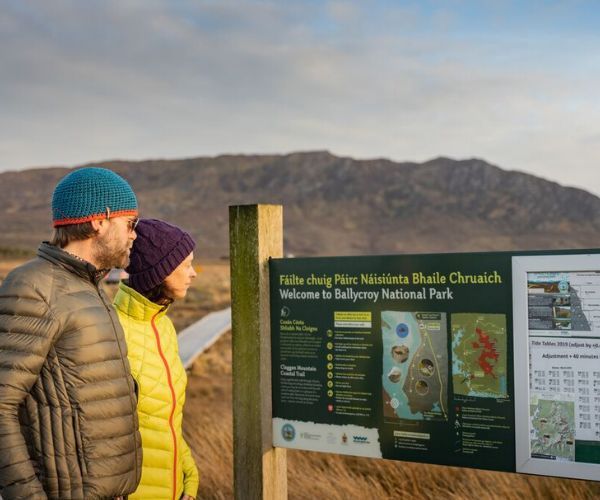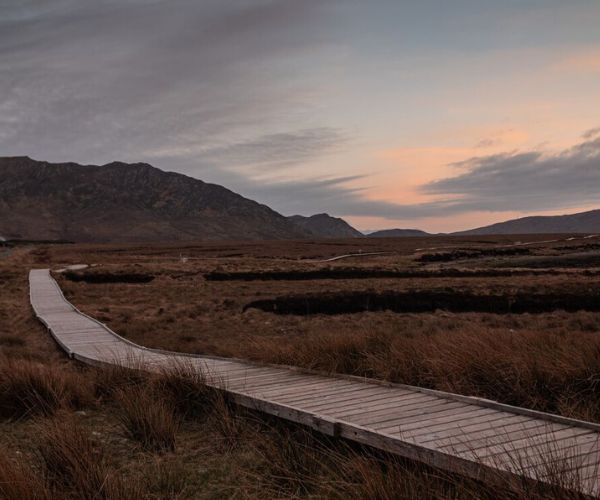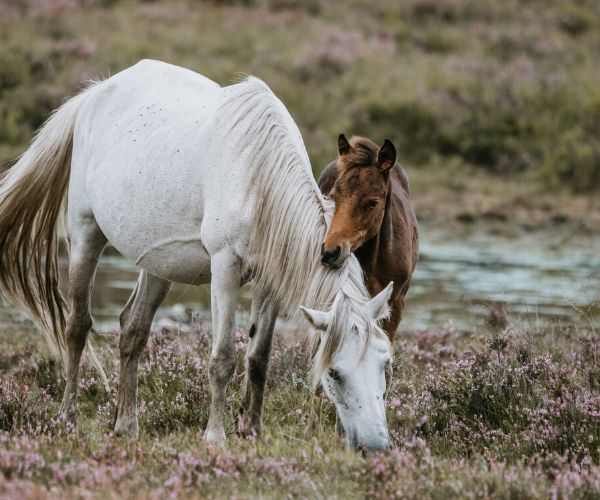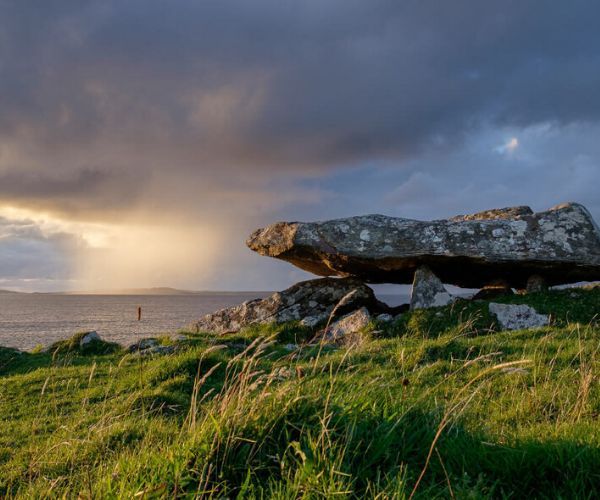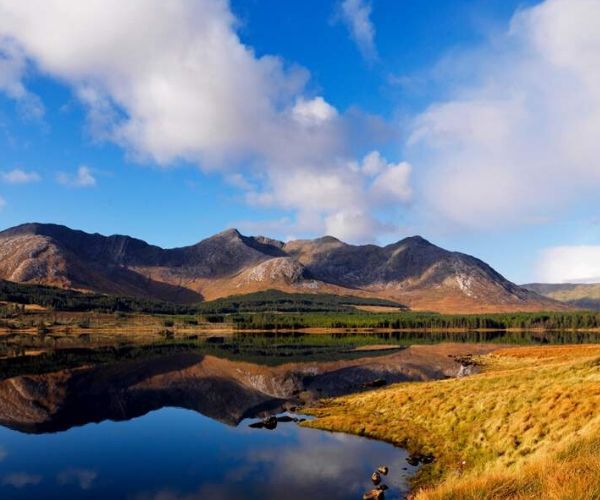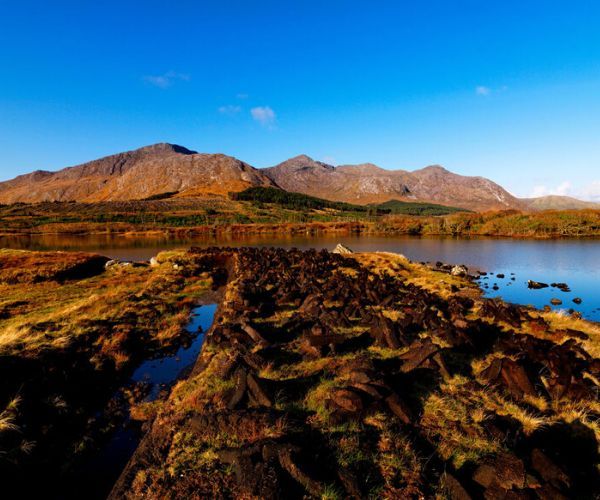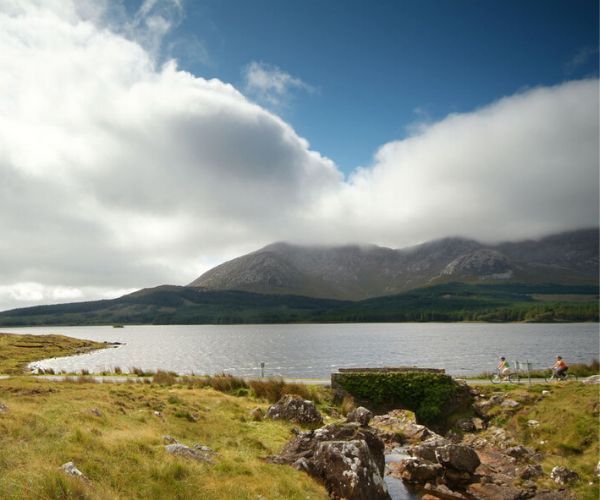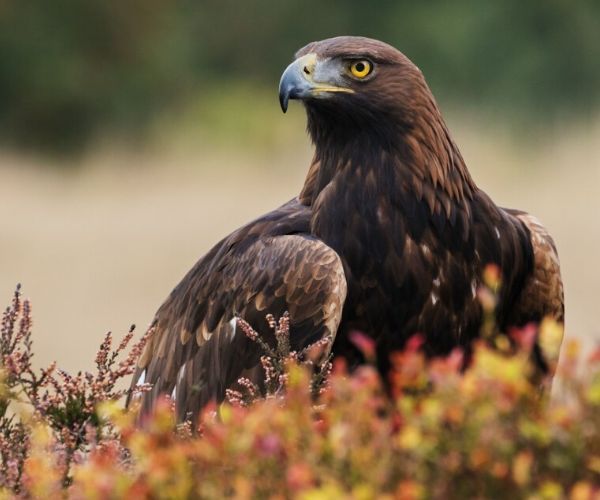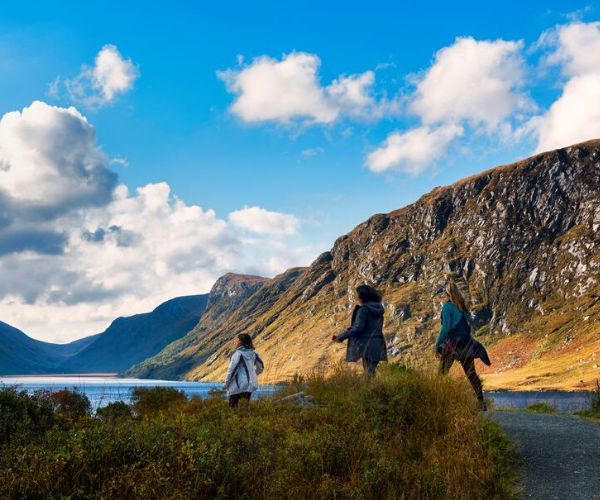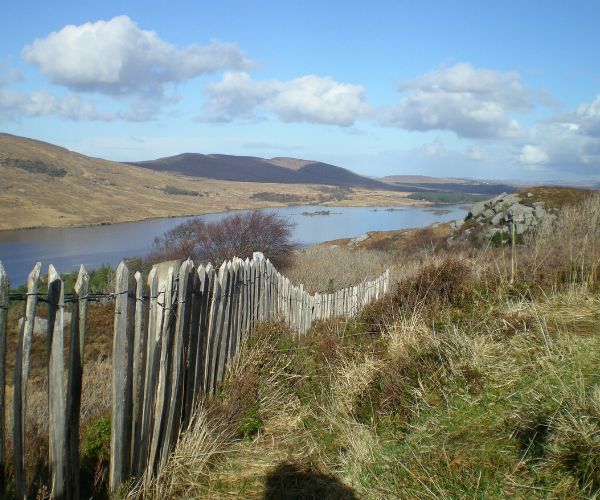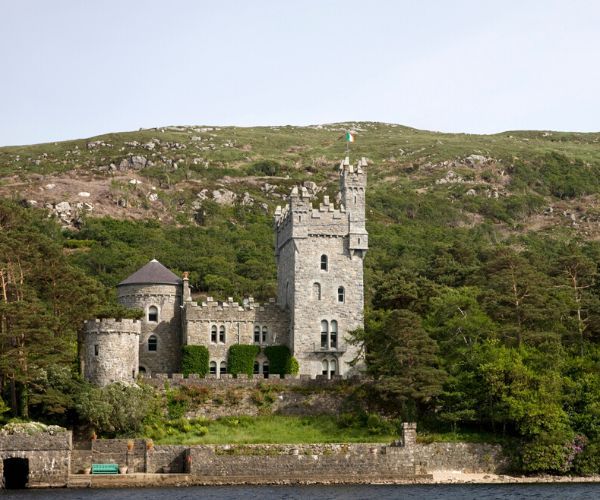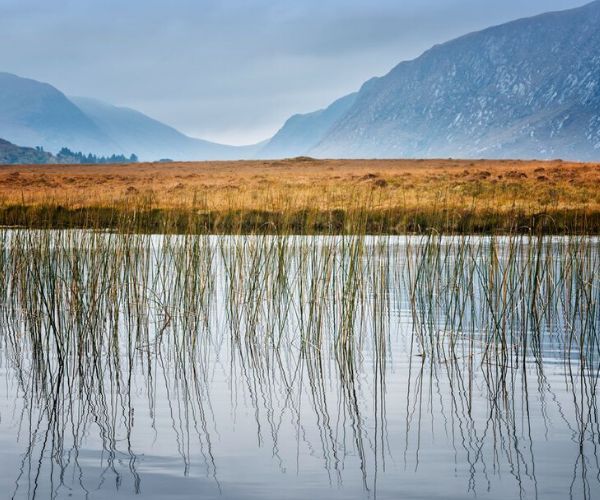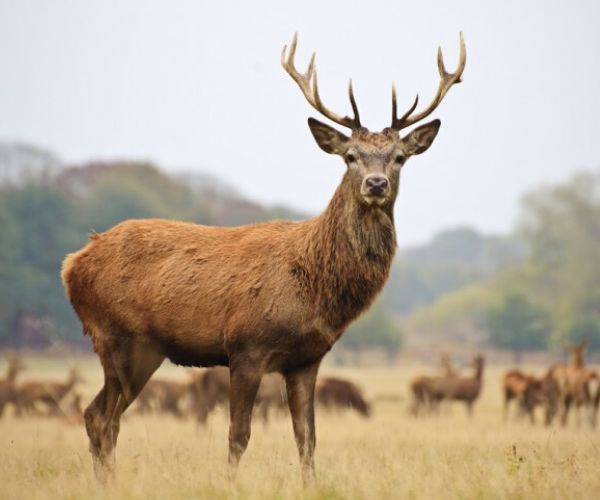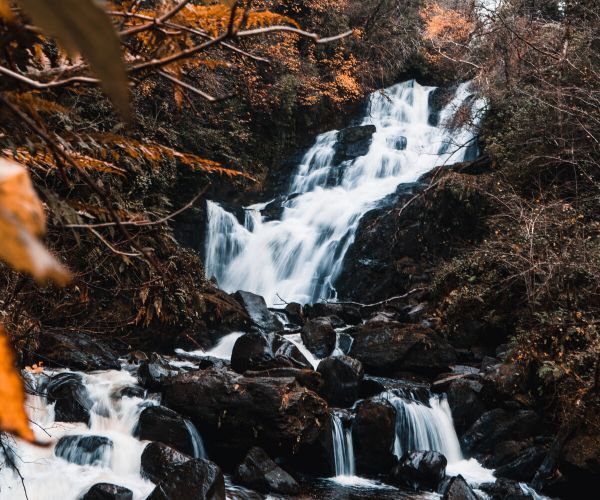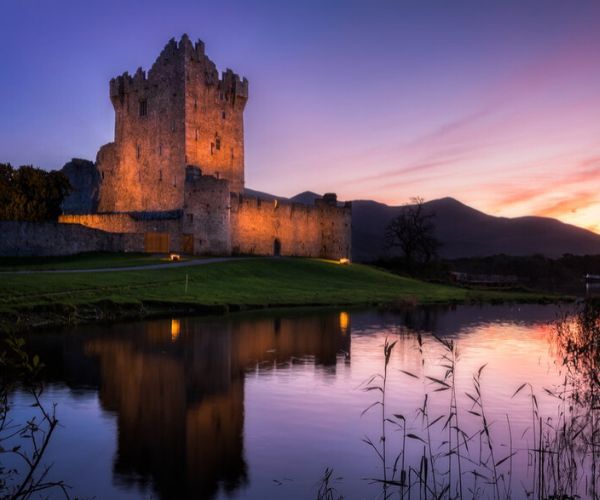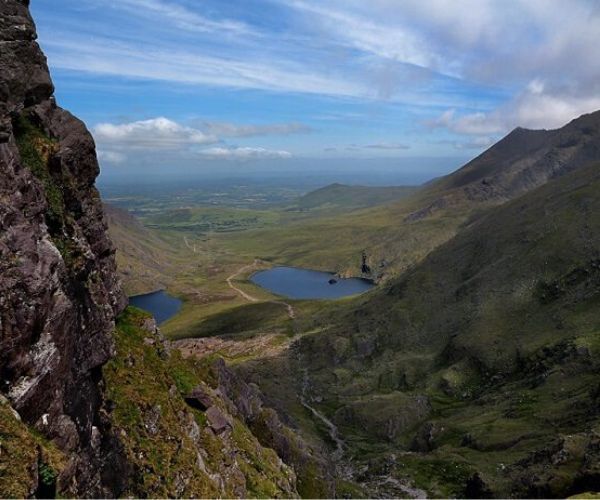Ireland is known for having varied and spectacular scenery. If you want to see stunning landscapes and diverse wildlife, just visit one of Ireland’s six national parks. We arrange private tours with local experts – from geologists and botanists in the Burren to historians in Glendalough – as well as luxury picnics in beautifully secluded areas of all six national parks.
Wicklow Mountains National Park - Ireland’s largest national park
In the picturesque Glendalough Valley, just south of Dublin, lies the Wicklow Mountains National Park. It is a great swatch of protected land stretching for more than 50,614 acres, making it the largest National Park in Ireland. The park has wide-open spaces, dense forests, wooded valleys, scenic mountain trails, waterfalls and meandering streams that flow into crystal-clear lakes. Alongside the glory of nature, Glendalough is a 7th century monastery founded by Saint Kevin. Ireland is rich with photo-worthy spots and this one takes wild natural beauty to the next level.
The Burren - Ireland’s smallest national park
The smallest of Ireland’s national parks is around 1,500 hectares and sits in the southeast corner of The Burren in County Clare. It is a unique, lunar-like landscape of rock formations and glacial-era limestone dotted by caves, cliffs, and fossil sites. It is in startling contrast to its surroundings of emerald green fields and untamed coastline. The Burren is home to rich birdlife, wildflowers rarely found anywhere else, historic site-lined heritage trails, bike routes, and a number of fertile valleys that nurture everything from produce to cows and sheep, as well as encompassing the Cliffs of Moher.
Ballycroy - Ireland’s newest national park
The Wild Nephin Ballycroy National Park, in County Mayo, is home to the largest stretch of bogland in Europe. Walk on a gentle looped boardwalk along the coast for views of Achill Island or veer towards the mountains Nephin Beg mountain range – with 15,000 hectares, there is lots to explore. The park is home to Irish hares, wild geese, otters and red grouse Ireland’s first “dark skies” reserve (mayodarkskypark.ie) where you can see some of the darkest, most pristine skies to be found this side of Hawaii.
Connemara - Wild ponies on a wilder landscape
If almost 3,000 hectares of unspoiled green fields, forest, bogs, and mountains are your idea of heaven, then you need to visit Connemara National Park. As well as some of the most breath-taking scenery in the country, there are many remnants of human habitation including 4,000-year-old megalithic court tombs and a 19th-century graveyard. Now indigenous Connemara ponies – whose ruggedness and friendliness mirrors the landscape and the people – graze in the park beneath a diversity of birdlife.
The stark beauty of Connemara, which has the largest Gaeltacht (Irish-speaking) area in the west, is the backdrop for two classic films – The Quiet Man (1952) and The Field (1990) – and regarded by many artists as the most romantic region on the island. Thankfully some of the most romantic hotels are also here, so plan to stay for a few days.
Glenveagh - home of the golden eagle
The remote region of Donegal is known as a place where myths and magic walk with the people. Little is more magical than walking through the expanse of heathland, forest, and bogland of Glenveagh National Park in the heart of the Derryveagh Mountains. The imposing 19th century Glenveagh Castle sits on the shores on the crystal clear Lough Veagh – it was built by a wealthy landowner and completed by his American wife. The park is a recognized Special Protection Area for the golden eagle, as well as being home to a range of intriguing wildlife and plants.
Killarney - Ireland’s first national park
You could spend days exploring the 41-square-mile Killarney National Park, from the towering Torc Waterfall to the 15th-century Ross Castle. The park is most famous for its reflective lakes, which cover nearly a quarter of the entire reserve. Take to the water by kayak or boat to fully appreciate their wonder, with the McGillycuddy Reeks, Ireland’s highest mountain range, as the backdrop. Another treasure of the park is its population of wild red deer, which has lived in Ireland since the last Ice Age but now only survives in Killarney.


